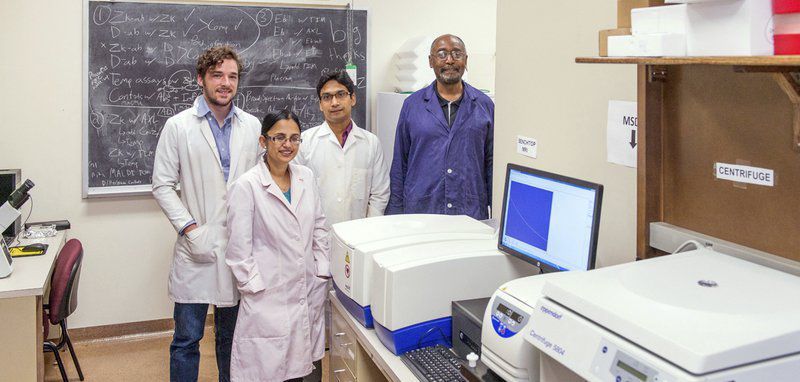Detect Harmful Bacteria in Food and Water
Published on by Water Network Research, Official research team of The Water Network in Technology
Detect harmful bacteria in food and water, combining magnetic resonance imaging and fluorescence, was done by PSU Scientists.
 In the U.S., one in six Americans will get sick this year from a foodborne illness, while 125,000 will be hospitalized and approximately 3,000 will die, according to the Centers for Disease Control and Prevention.
In the U.S., one in six Americans will get sick this year from a foodborne illness, while 125,000 will be hospitalized and approximately 3,000 will die, according to the Centers for Disease Control and Prevention.
The culprit is often E. coli, a group of bacteria that has been found and investigated in products such as ground beef, shredded lettuce, raw sprouts, spinach, hazelnuts and cheese. Headline-grabbing E. coli outbreaks have been fought across several states in recent years at places such as Chipotle restaurants and Costco.
Conventional methods to screen food for microbes can take up to 24 hours, which is often too slow to efficiently catch bad products before they hit store shelves. Magnetic resonance can detect low levels of bacteria but loses its effectiveness at higher bacteria concentrations; fluorescence is the opposite, according to the American Chemical Society.
The research done by Pittsburg State University scientists has major implications because bacterial contamination of food and water is a major cause of sickness and death around the globe.
They combined the two techniques to develop a hybrid sensor that could sense concentrations of O157:H7, a strain of E. coli that can cause severe illness, in less than an hour.
"The tremendous advance about this is it's quick, and you can count theoretically down to one cell — which is, I'm hesitant to say, a first, but maybe a first," McAfee said.
And the device is not limited to E. coli. Banerjee said it could be applied to test for other illness-inducing pathogens such as salmonella or the bacteria that lead to cholera.
The next step, Banerjee said, will be to collaborate with engineers and others who can help turn the new technology into a chip device that consumers could use to know quickly whether the food or water in front of them is contaminated with bacteria. She said that project could take much more research and time, but the end result would be worth it.
Source: The Joplin Globe
Media
Taxonomy
- Bacteria
- Bacteria Control
- Food & Beverage
- Food & Beverage